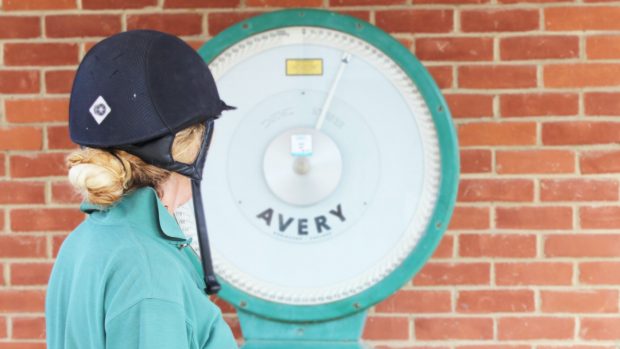Q: I bought my nine-year-old 16hh Irish gelding from a dealer who had brought him over from Ireland. He has a large scar on his off hind pastern which I was told happened in the field when he was a youngster.
I ride him six days a week, which includes two schooling sessions and the rest hacking.
I have show jumped him and done some cross-country before he started to have back problems. It has been suggested the problem – and his scarring – could stem from a fall while out hunting. He has had physiotherapy, including some ultrasound, and three months off overthe winter before being brought slowly back into work .
Recently, he has started to square his shoes at the back although he showed no signs of discomfort.
He now has physio and magnetic therapy. Will the problem always come back? And is there anything else I could do for my horse?
Jo Holmes MRCVS replies: You have not mentioned any veterinary input into your horse’s medical history, so I will highlight areas where it would be required.
If you had him vetted at purchase and he passed, the large scar on his right hind pastern is unlikely, in itself, to be causing him problems now. However, its acquisition may have been in a previous fall of some sort, which also injured his back.
The soft tissue damage in his back may never have fully disappeared, only becoming apparent when he is worked hard. A physiotherapist may well be the best person to keep this in shape.
Many back problems develop because of pain lower down the hind legs and cannot be cured without solving the primary problem. Asymmetry of muscle mass is not necessarily cause for alarm (unless accompanied by lameness) but illustrates an underlying rotated pelvis, which he may have acquired when young and has since stabilised.
Veterinary advice is vital to decide if the problem is acute or chronic and if the pelvic area has suffered any fracture or merely muscle or ligament strain. Physiotherapy will help muscle strain and can then build muscle back up correctly once inflammation has gone down. However, physiotherapy might not have been a priority in the first instance – box rest may have been a more suitable treatment for him.
Ensure that your physiotherapist works under the guidance ofa vet and only once a diagnosis has been made. Also, check he or she is a member of the ACPAT (Association of Chartered Physiotherapists for Animal Treatment, (tel: 01962 844 390).
An osteopath or chiropractor might help in other ways, depending on the problem.
You noticed your horse is squaring the toes of his hind shoes. This is an indication of many types of hind limb lameness, not just a bad back. If both legs are toe dragging, a common bilateral problem is possible such as spavins (arthritis of the hock joints). Veterinary advice must be sought.




